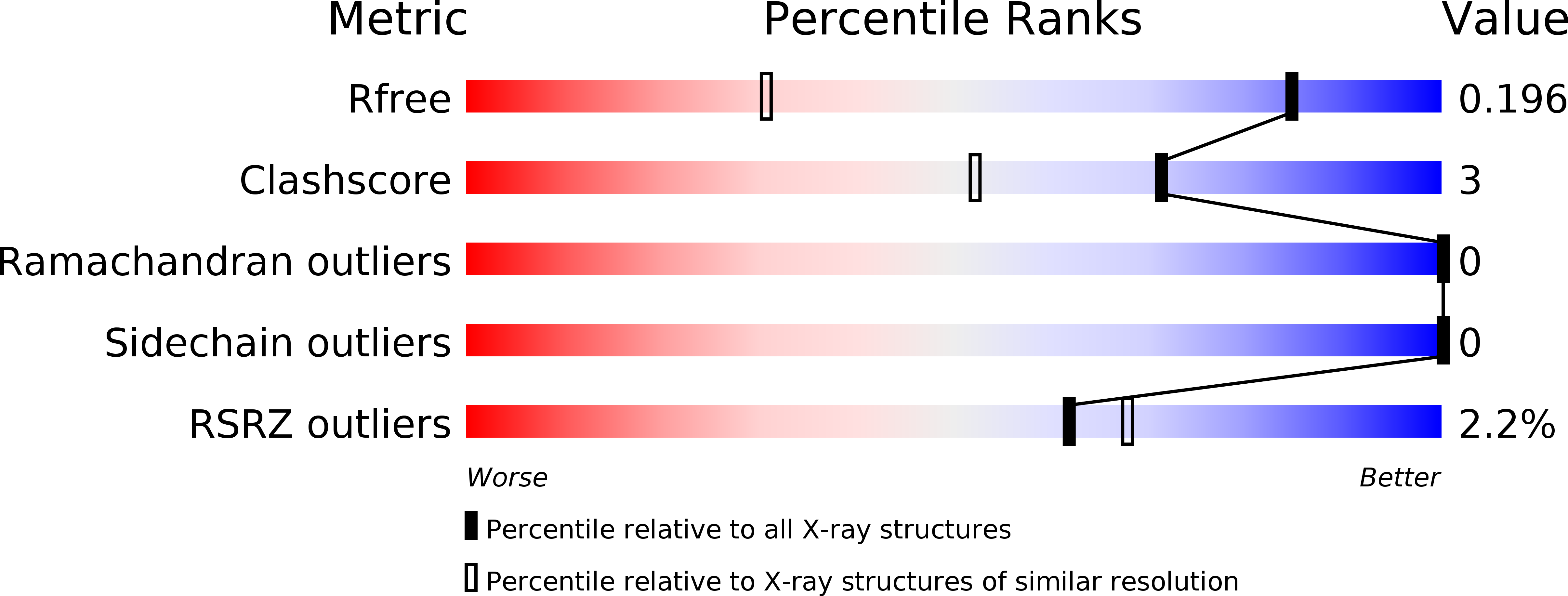
Deposition Date
2013-06-10
Release Date
2013-08-28
Last Version Date
2024-02-28
Entry Detail
PDB ID:
4L5E
Keywords:
Title:
Crystal structure of A. aeolicus NtrC1 DNA binding domain
Biological Source:
Source Organism:
Aquifex aeolicus (Taxon ID: 224324)
Host Organism:
Method Details:
Experimental Method:
Resolution:
1.34 Å
R-Value Free:
0.20
R-Value Work:
0.17
R-Value Observed:
0.17
Space Group:
C 2 2 21


